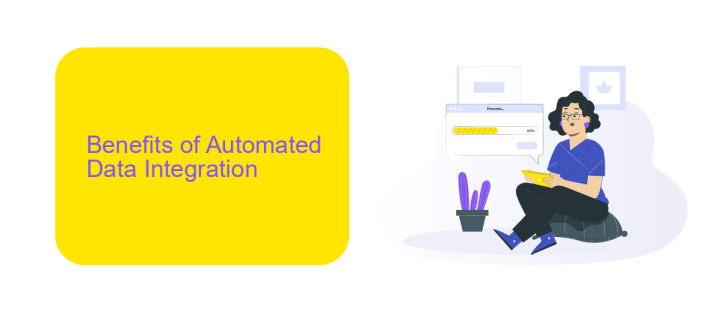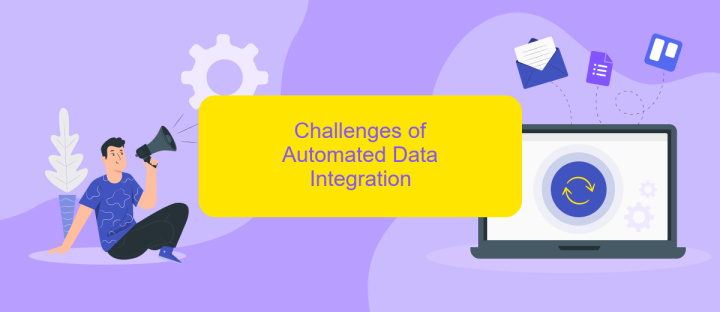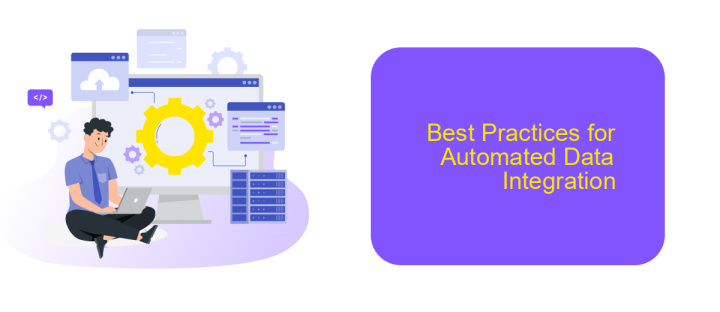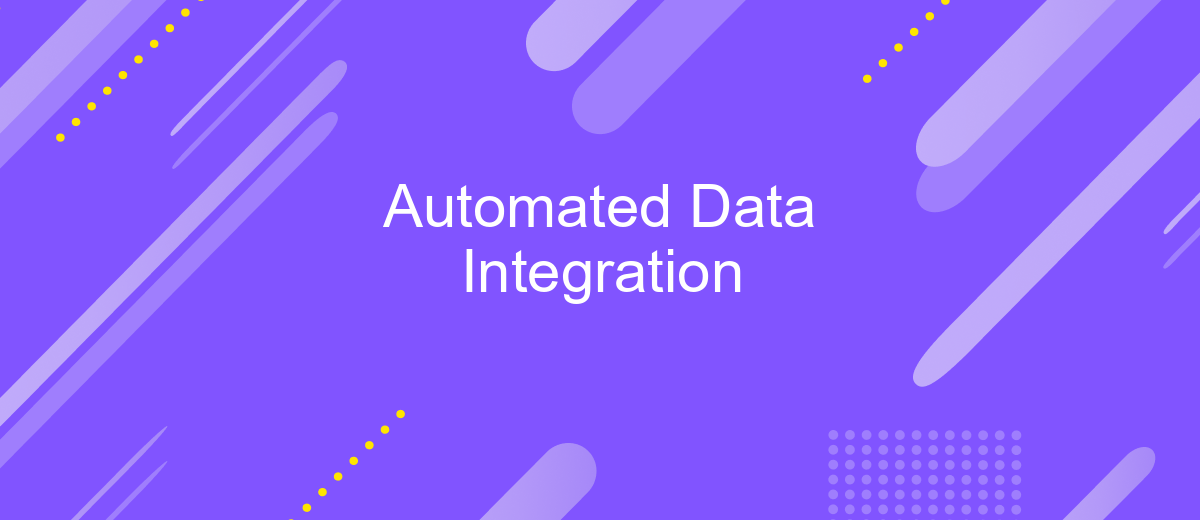Automated Data Integration
Automated Data Integration (ADI) is revolutionizing the way businesses handle vast amounts of information. By seamlessly merging data from various sources, ADI enhances efficiency, reduces errors, and provides real-time insights. This technology empowers organizations to make data-driven decisions swiftly, fostering innovation and competitive advantage in an increasingly data-centric world. Discover how ADI is transforming data management and driving business success.
Introduction
Automated Data Integration is a pivotal process for modern businesses, ensuring seamless and efficient data flow across various systems. This integration eliminates manual data entry, reduces errors, and enhances data consistency. By automating data integration, organizations can focus on strategic tasks rather than being bogged down by repetitive data management activities.
- Improved data accuracy and consistency
- Enhanced operational efficiency
- Reduced manual intervention and errors
- Streamlined business processes
Services like ApiX-Drive play a crucial role in simplifying automated data integration. ApiX-Drive offers a user-friendly platform that connects various applications, enabling seamless data transfer without the need for coding. By leveraging such services, businesses can ensure that their data integration processes are not only efficient but also scalable and adaptable to changing needs.
Benefits of Automated Data Integration

Automated data integration offers numerous benefits, significantly enhancing efficiency and accuracy in data management processes. By automating data workflows, businesses can eliminate the need for manual data entry, reducing the risk of human errors and saving valuable time. This leads to more reliable and consistent data, which is crucial for informed decision-making and strategic planning. Additionally, automated systems can handle large volumes of data seamlessly, ensuring that data is always up-to-date and readily accessible.
One notable service that facilitates seamless automated data integration is ApiX-Drive. This platform allows businesses to easily connect various applications and automate data transfers between them without requiring extensive technical expertise. By using ApiX-Drive, organizations can streamline their data processes, ensuring that different systems communicate effectively and data flows smoothly across platforms. This not only enhances operational efficiency but also allows teams to focus on more strategic tasks, driving overall productivity and growth.
Challenges of Automated Data Integration

Automated data integration offers numerous advantages, but it also presents several challenges that organizations must address to ensure seamless operations.
- Data Quality and Consistency: Ensuring data accuracy and uniformity across diverse sources is a significant challenge. Inconsistent data can lead to erroneous insights and decision-making.
- Scalability: As data volumes grow, maintaining performance and efficiency in data integration processes becomes increasingly difficult.
- Security and Compliance: Protecting sensitive data and adhering to regulatory requirements are critical concerns. Automated systems must implement robust security measures to prevent breaches.
- Complexity of Integration: Integrating data from various systems, each with its own format and protocol, requires sophisticated mapping and transformation capabilities.
- Cost and Resource Allocation: Initial setup and ongoing maintenance of automated data integration systems can be resource-intensive, both financially and in terms of manpower.
Tools like ApiX-Drive can mitigate some of these challenges by providing user-friendly interfaces and pre-built connectors to streamline the integration process. Nonetheless, organizations must carefully plan and continuously monitor their automated data integration strategies to address these challenges effectively.
Best Practices for Automated Data Integration

Automated data integration is essential for ensuring seamless data flow between different systems and applications. To achieve optimal results, it is crucial to follow best practices that enhance efficiency and accuracy. First, always define clear objectives and requirements before starting the integration process. This helps in selecting the right tools and methods for your specific needs.
Regular monitoring and maintenance of data integration processes are vital to address any issues promptly. Utilizing a reliable integration service like ApiX-Drive can simplify the setup and management of automated data workflows. ApiX-Drive offers user-friendly interfaces and robust features that facilitate smooth and secure data transfer.
- Define clear objectives and requirements
- Regularly monitor and maintain integration processes
- Utilize reliable integration services like ApiX-Drive
- Ensure data security and compliance
- Test integration workflows thoroughly before deployment
By adhering to these best practices, organizations can achieve efficient and reliable automated data integration. This not only reduces manual efforts but also minimizes errors, ensuring that data is consistent and up-to-date across all systems.
- Automate the work of an online store or landing
- Empower through integration
- Don't spend money on programmers and integrators
- Save time by automating routine tasks
Conclusion
In conclusion, automated data integration plays a pivotal role in streamlining business processes and enhancing data accuracy. By eliminating manual data entry and reducing human error, organizations can achieve greater efficiency and reliability in their operations. The integration of various data sources into a unified system allows for real-time data access and improved decision-making, driving overall business performance.
Services like ApiX-Drive facilitate seamless data integration by providing user-friendly interfaces and robust automation tools. These platforms enable businesses to connect disparate systems effortlessly, ensuring that data flows smoothly across different applications. As companies continue to adopt digital transformation strategies, the importance of automated data integration will only grow, making it an indispensable component of modern business infrastructure.
FAQ
What is Automated Data Integration?
What are the benefits of Automated Data Integration?
How does Automated Data Integration work?
Can Automated Data Integration be customized to fit specific business needs?
What tools are available for Automated Data Integration?
Strive to take your business to the next level, achieve your goals faster and more efficiently? Apix-Drive is your reliable assistant for these tasks. An online service and application connector will help you automate key business processes and get rid of the routine. You and your employees will free up time for important core tasks. Try Apix-Drive features for free to see the effectiveness of the online connector for yourself.


